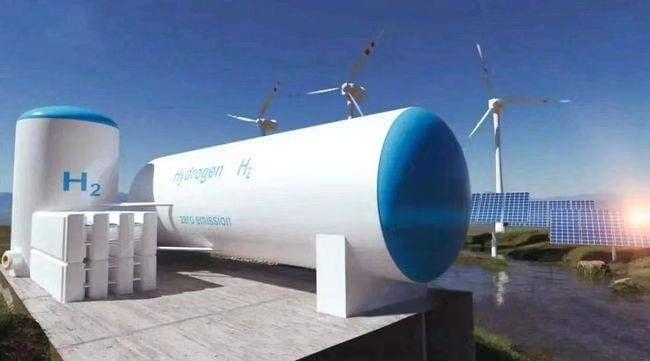



- SUPPLY CHAIN OPTIMIZATION
- …
- SUPPLY CHAIN OPTIMIZATION



- SUPPLY CHAIN OPTIMIZATION
- …
- SUPPLY CHAIN OPTIMIZATION


Basic Chemicals
Production of fundamental chemical raw materials such as acids, alkalis, salts, and industrial gases.
- Refining and Petrochemicals

Advanced Materials
- Advanced Polymers
- Composite Materials
- Electronic Chemicals

Consumer Chemicals

Specialty Chemicals
Production of high-value-added, high-tech chemicals such as food additives, coatings, and pesticides.
Lithium Battery Materials
The lithium battery materials sector is driven by the explosive growth of electric vehicles (EVs) and energy storage systems. Key materials include cathodes (LFP, NCM/NCA), anodes (silicon-carbon composites), electrolytes (LiFSI additives), and separators (ceramic-coated films). Innovations like solid-state batteries and sodium-ion alternatives are reshaping the market. Investment opportunities lie in companies with high-energy-density solutions and cost-competitive supply chains, though risks include raw material price volatility (e.g., lithium, cobalt) and overcapacity in low-tier segments

Hydrogen Energy Chain
Hydrogen energy is gaining traction as a clean fuel for heavy transport and industrial decarbonization. Critical segments include electrolyzers (PEM/ALK technologies), fuel cell stacks (platinum catalysts), and storage materials (carbon fiber tanks, metal hydrides). Green hydrogen (from renewables) is a long-term bet, while near-term growth focuses on fuel cell vehicles and government subsidies. Challenges include high production costs and infrastructure gaps, but policy support (e.g., U.S. Inflation Reduction Act, EU Hydrogen Strategy) is accelerating adoption.
Semiconductor Chemical Materials
This sector underpins chip manufacturing, with demand fueled by AI, 5G, and IoT. Key materials include photoresists (EUV/ArF), high-purity gases (NF3, SiH4), and CMP slurries. Geopolitical tensions (U.S.-China tech war) are driving domestic substitution in China, benefiting local players. However, stringent technical barriers and R&D costs limit competition. Investors should monitor companies with breakthroughs in advanced nodes (3nm and below) and partnerships with foundries like TSMC or Samsung.

Bio-Based and Sustainable Chemistry
Bio-based chemistry replaces fossil feedstocks with renewable resources (e.g., sugarcane ethanol, algae). Promising areas include biodegradable plastics (PLA, PHA), bio-nylon (e.g., DSM’s EcoPaXX), and carbon-negative materials (LanzaTech’s CO2-to-chemicals). Regulatory bans on single-use plastics (EU SUP Directive) and corporate ESG commitments are key drivers. Risks include higher production costs versus conventional plastics and scalability challenges. Startups with innovative fermentation or catalytic technologies are attracting venture capital.

5. High-Performance Composites
These materials enable lightweight, high-strength applications in aerospace (e.g., carbon fiber fuselages), wind turbines (glass fiber blades), and EVs (battery enclosures). Carbon fiber (dominated by Toray, Hexcel) and ceramic matrix composites (for hypersonic vehicles) are high-growth niches. Demand is tied to industrial upgrades and defense spending, but high costs and complex manufacturing hinder mass adoption. Investors should target firms with proprietary tech (e.g., automated layup processes) and contracts in defense or renewables.
Global investment in chemical materials is surging, driven by megatrends in energy transition, digitalization, and circular economy.** The sector is seeing massive capital flows into next-gen battery materials (solid-state electrolytes, silicon anodes), semiconductor process chemicals (advanced photoresists, deposition precursors), and sustainable alternatives (bio-based polymers, chemical recycling). While North America and Europe lead in breakthrough innovations (e.g., hydrogen catalysts, AI-designed molecules), Asia dominates manufacturing scale and process optimization. Major challenges include tightening environmental regulations (REACH, PFAS bans), supply chain resilience, and the high risk/reward profile of deep tech solutions. Strategic investments are increasingly cross-border, with multinationals like BASF and startups alike racing to commercialize technologies that will define the net-zero industrial future.

copyright ® 2025
villeneuve management
powered by Shanghai Villeneuve Info Tech Co.,Ltd & Shanghai Ludus Co.,Ltd
copyright ®
2025 villeneuve management






